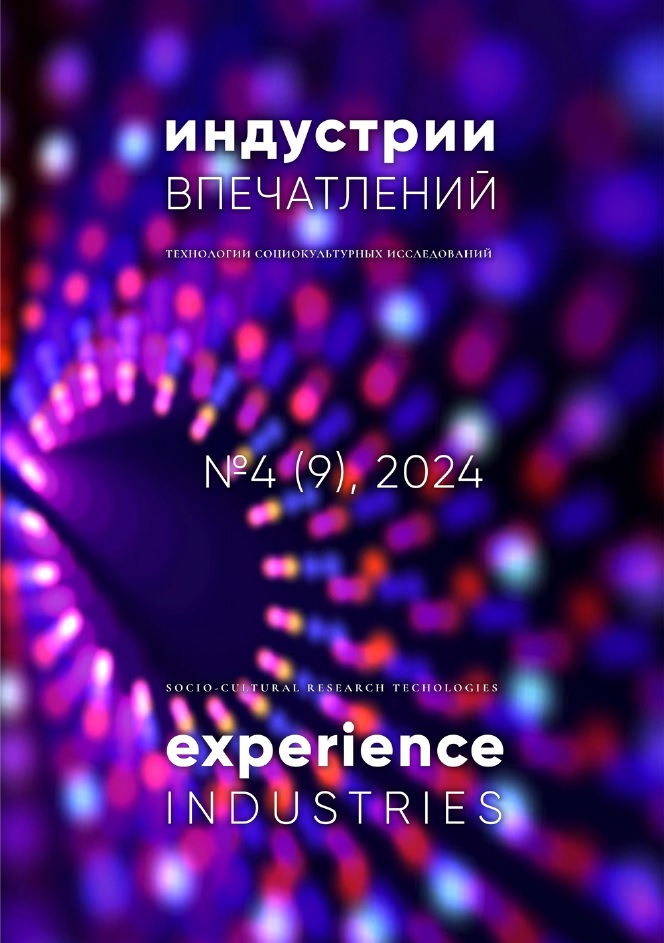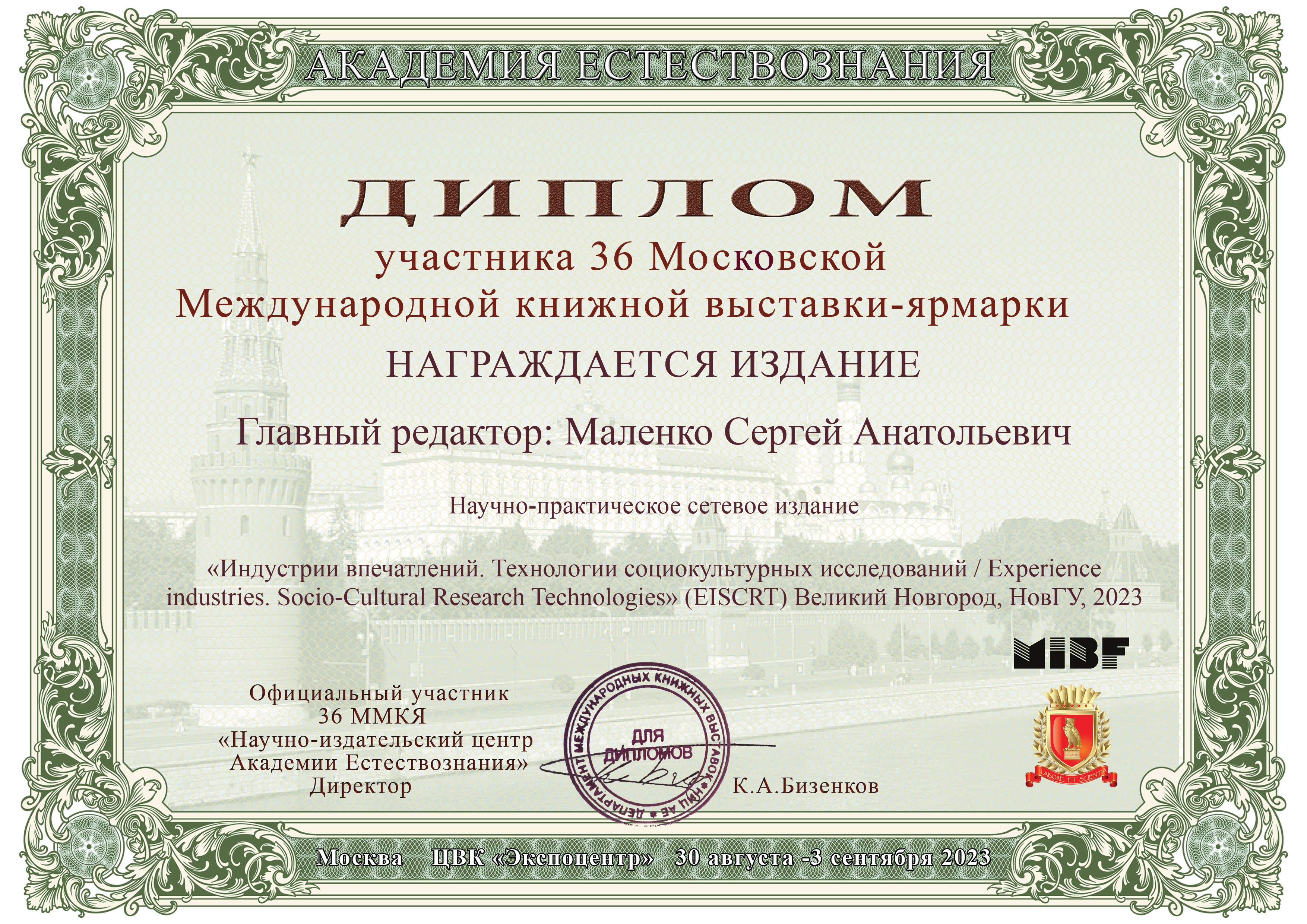"CHEBURASHECHYA" EASTER EGG GAME: FROM CINEMATIC SIMULATIONS OF A VACATION PARADISE TO THE DESTRUCTION OF NATIONAL IDENTITY
DOI:
https://doi.org/10.34680/EISCRT-2024-4(9)-88-131Keywords:
Cheburashka film, household humor, socialization, Easter egg, visual technology of constructing media images, assimilation of values, consumerism, media, game, nostalgia, Soviet splint, socio-political drama, symbolism of oranges, ideology of WesternismAbstract
The article concludes a series of studies devoted to the philosophical and cultural analysis of Dmitry Dyachenko's film Cheburashka. The presence of a huge number of "Easter eggs", which are purposefully woven by the creators into the semantic fabric of the Russian film, allows additional cultural codes to be introduced into this film text, which artificially gives the film product guaranteed recognition and increases audience popularity. The imposed cultural codes directly refer representatives of the older generations of viewers to proven visual technologies familiar to domestic and foreign socio-cultural contexts of the past. Thus, a visual emulsion of images and plots is created, which guarantees the formation of an unconscious feeling of familiarity among the mass audience of the narrative proposed by the producers of Cheburashka. Such a situation forms the viewer's mindset towards an uncritical and superficial perception of the film, and also ensures a gradual equalization of the value of domestic and foreign cultural codes. At the same time, Western visual codes refer the modern Russian viewer to a carefree and entertaining model of being, which ensures that the clear priority of Western consumer codes in relation to traditional domestic ones is fixed in the unconscious. The effectiveness of such manipulative technologies is confirmed not only directly in the field of cultural industries, but also in ideological, socio-political, as well as in everyday practices.
For citation:
Nekita, A. G., & Malenko, S. A. (2024). "Cheburashechya" easter egg game: from cinematic simulations of a vacation paradise to the destruction of national identity. Experience industries. Socio-Cultural Research Technologies (EISCRT), 4 (9), 88-131. (In Russ.). https://doi.org/10.34680/EISCRT-2024-4(9)-88-131








